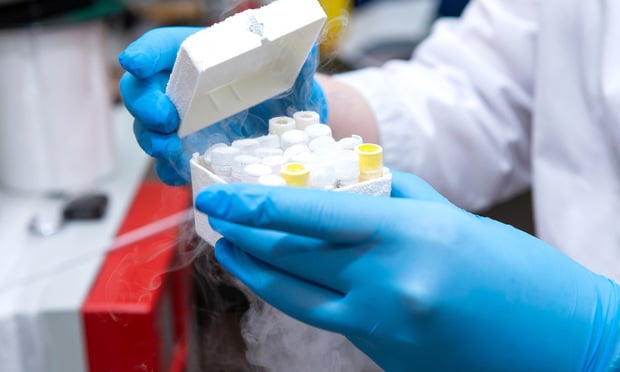(Bloomberg) -- At least twice a week, Tanja Vanderlinde says patients call in to say they can’t afford drugs.
High-deductible health plans mean they have to dip into their own pockets to pay for generic antibiotics such as doxycycline, a “gold standard’’ for Lyme disease, said Vanderlinde, an internist at Concord Hospital Medical Group in New Hampshire.
Recommended For You
Complete your profile to continue reading and get FREE access to BenefitsPRO, part of your ALM digital membership.
Your access to unlimited BenefitsPRO content isn’t changing.
Once you are an ALM digital member, you’ll receive:
- Breaking benefits news and analysis, on-site and via our newsletters and custom alerts
- Educational webcasts, white papers, and ebooks from industry thought leaders
- Critical converage of the property casualty insurance and financial advisory markets on our other ALM sites, PropertyCasualty360 and ThinkAdvisor
Already have an account? Sign In Now
© 2025 ALM Global, LLC, All Rights Reserved. Request academic re-use from www.copyright.com. All other uses, submit a request to [email protected]. For more information visit Asset & Logo Licensing.








